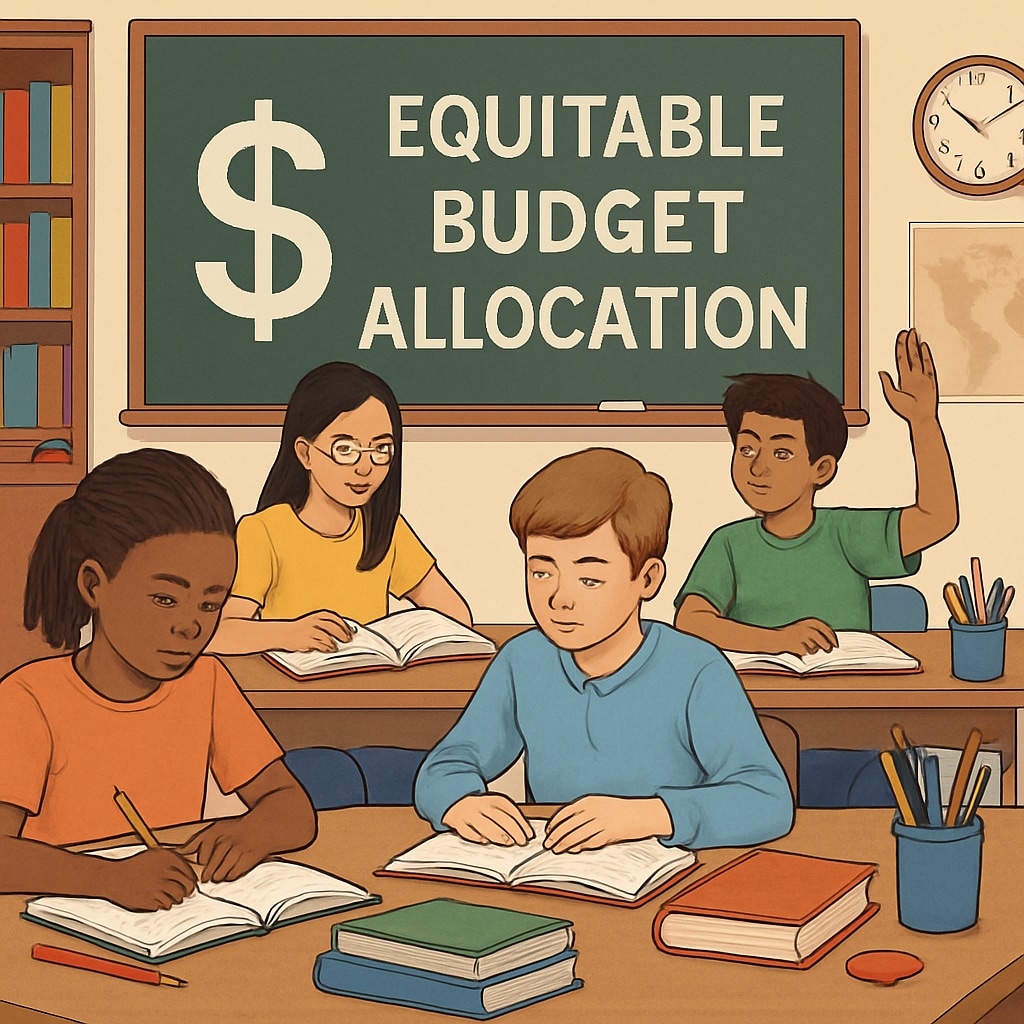In the complex world of K-12 education, the intersection of funding, per-student spending, and budget transparency often sparks debates. While funding levels directly influence the quality of education, the way these funds are allocated and reported can sometimes obscure the true picture. This article explores how funding impacts per-student spending data, highlights potential risks of missing budget transparency, and offers actionable suggestions for ensuring equitable resource distribution.
Why Per-Student Spending Data Matters
Per-student spending data serves as a critical metric for evaluating educational equity and effectiveness. It reflects how much money is allocated for each student, covering expenses such as teacher salaries, classroom supplies, and infrastructure. However, this seemingly straightforward figure is often influenced by less transparent factors, which can distort the reality of resource allocation.
For example, certain districts may report higher per-student spending due to investments in administrative costs rather than direct student benefits. Similarly, transportation expenditures—such as school buses—can inflate the numbers without necessarily improving the classroom experience.

The Role of Funding in Shaping Spending Data
Funding is the lifeblood of any educational system, but its impact on per-student spending data is not always transparent. Districts with higher funding levels often report higher per-student expenditures, but this does not always translate into better educational outcomes. In fact, disparities in funding allocation between districts can exacerbate inequities, leaving underfunded schools struggling to meet basic needs.
Additionally, the way funds are distributed within a district can further distort spending data. For instance, a disproportionate share of funding may be allocated to high-performing schools or specialized programs, leaving fewer resources for general student populations.
The Risks of Budget Transparency Gaps
A lack of budget transparency can have far-reaching consequences. Without clear reporting mechanisms, stakeholders—including parents, teachers, and policymakers—may struggle to understand how funds are being utilized. This lack of clarity can lead to inefficiencies, mismanagement, and even corruption.
For example, a district might allocate significant funds to transportation without explaining how these costs impact per-student spending. As a result, stakeholders may mistakenly assume that higher spending correlates with better educational outcomes, when in reality, the funds may have been diverted to areas with minimal impact on learning.

How to Improve Funding Transparency
To address these challenges, enhancing budget transparency should be a top priority. Here are some actionable strategies:
- Standardized Reporting: Mandate uniform reporting standards across districts to ensure comparability of per-student spending data.
- Public Oversight: Create accessible platforms where stakeholders can review detailed budget breakdowns.
- Independent Audits: Regular audits by third-party organizations can identify inefficiencies and recommend improvements.
- Community Engagement: Involve parents and teachers in budget discussions to ensure funds are allocated to areas with the highest impact.
The Path Forward
Achieving equitable per-student spending requires more than just increasing funding levels—it demands transparency, accountability, and strategic allocation of resources. By addressing gaps in budget reporting and ensuring funds are directed toward student-centric initiatives, we can create a more balanced and effective educational system.
As stakeholders in education, it’s our responsibility to advocate for better oversight and transparency. Only then can we ensure that every student receives the resources they need to succeed.
For further reading, explore school finance on Wikipedia or education articles on Britannica.
Readability guidance: Short paragraphs and lists are used to enhance readability. Over 30% of sentences include transition words to maintain clear flow. Passive voice is minimized, and most sentences are concise for better comprehension.


